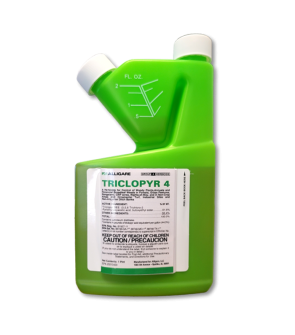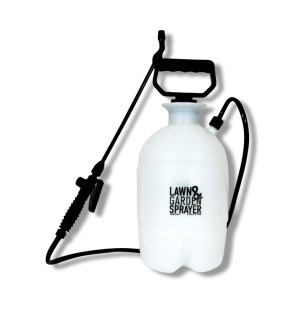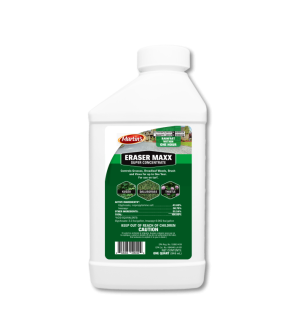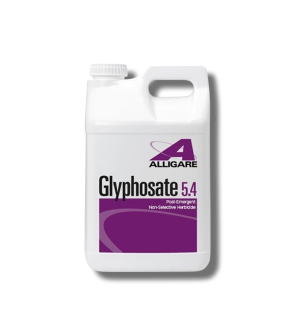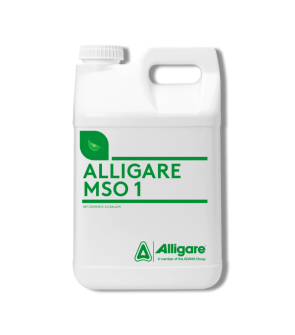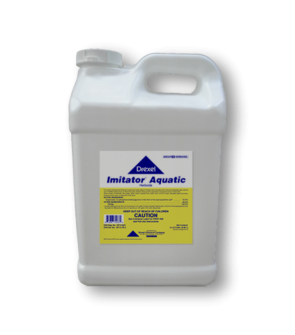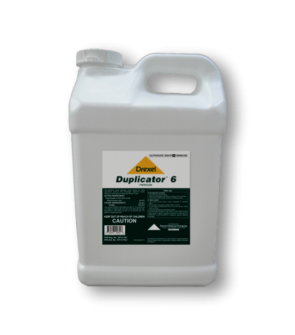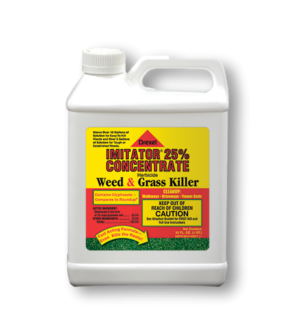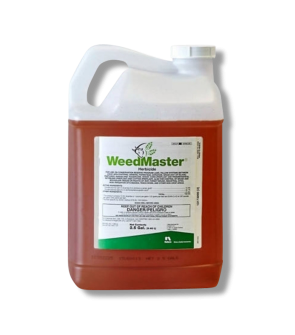Gain access to personalized product screening, the best pricing, rewards, and more!
Most Effective Products
Dogwood Control: How To Get Rid of Dogwood
Dogwood is the common name for a group of about 45 species of small trees and shrubs that grow in the U.S. These plants have been around for generations in the United States and are often grown for their beautiful flowers, bracts, and leaf color during autumn. Many dogwoods grow to heights of up to 15 feet and can spread and reproduce through suckers that grow at the base of the tree.
As nice looking as dogwood is, a homeowner might be fine with one, not a bunch. Growing a Dogwood tree may result in numerous dogwood shrubs emerging from the soil and out-competing other plant life, soaking up most of the nutrition and preventing other plants from thriving.
If you have dogwood on your property and want it gone, our DIY dogwood treatment guide below will show you how to eliminate this invasive tree using our professional-grade control products.
Identification

Before moving forward with a treatment program, you need to properly identify dogwood by knowing what it looks like. Misidentification of dogwood can lead to using the wrong herbicides, costing you time and money.
- The identifying characteristics of dogwood are oval-shaped leaves with apparent veins that run along the edges.
- Dogwood leaves will change colors as the seasons change, transitioning from green to red.
- Dogwood bark is scaly and can easily be peeled off a tree piece by piece.
- Dogwood is also distinguished by its flowers, a four-petaled leaf, usually white or pink, found on the branches of the trees near the leaves.
- Finally, dogwood is known to bear fruit that resembles red grapes, which grow in clusters on the tree branches. Some species are edible, while others may be toxic.
Use our description and image above to help you identify dogwood in your landscape. If you are having trouble identifying dogwood, contact us, and we will properly identify the plant for you and offer recommendations for the best professional products for control.
Inspection

After you have confirmed that the weed you are encountering is dogwood, you can proceed with an inspection. During this phase, you must locate the areas where dogwood is growing and the conditions in which it is growing. This will help you determine where to focus your herbicide treatment.
Where to Inspect
Dogwood grows best in moist soils but will also grow in drier habitats. It likes to grow in the shade of larger trees as an understory plant. Knowing this is important so you can modify the habitat to create a less conducive environment for plant growth.
What To Look For
Analyze the area to see how severe your dogwood tree problem is. In spring, dogwood can grow between 20 and 30 feet and be covered with white (or sometimes pink or red) bracts centered on small clusters of yellow or white flowers.
Treatment
When handling herbicides, wear the proper personal protective equipment (PPE).
The most effective way to kill dogwood trees is via cut-stem treatment. You will directly cut the tree down to the stem and apply a professional herbicide. Our recommendation is Triclopyr 4, as it has been shown to be very effective against brush and shrubbery and is labeled for treating dogwood.
Step 1: Cut Down the Dogwood
Cut the dogwood tree down to its stem using an ax or saw. This will help the Triclopyr herbicide to seep into the dogwood and kill the plant down to its root.
Step 2: Apply Triclopyr to the Dogwood Stump
Triclopyr 4 is a triclopyr-based herbicide that works systemically down to the tree's root to halt growth.
When spraying a large volume of stumps, mix Triclopyr (preferably with a marking dye) into a sprayer at a rate of 20 to 30 gallons of Triclopyr in enough Methylated Seed Oil to make 100 gallons of spray solution.
For a single tree, use a handheld pump or backpack sprayer to mix 13 oz. of Triclopyr 4 in 115 oz. of MSO to make a 1-gallon spray solution. Spray the stump completely and evenly, ensuring it is thoroughly wet, but do not apply to the point of runoff.
This is not a one-time job; you may need to conduct follow-up applications until the plant is completely dead.
Prevention
After eliminating dogwood from your property, you must implement preventative measures to prevent it or any other invasive tree species from reinvading.
- To prevent dogwood from regrowing, address soil moisture issues by improving drainage and other routine maintenance tasks to make the environment less conducive to dogwood tree establishment.
- Mow your yard at an optimum height of 3 to 4 inches to improve root growth.
- Apply fertilizer at the best times (ideally in the fall) for your lawn to keep the desired turf thick and lush and prevent dogwood or other invasive plants from taking over.
- Water the grass deeply yet infrequently. We recommend a rate of 1 to 1.5 inches of water once a week.
- Rake and dethatch your lawn to improve aeration and address issues like soil compaction and poor drainage.
Key Takeaways
What is Dogwood?
- Dogwood trees are smaller trees often used as ornamentals. However, once established, they can quickly overtake a land, creating an eyesore and hindering the progress of other plants it competes with in the same vicinity.
How To Get Rid of Dogwood
- Our top recommendation for treating dogwood is a post-emergent treatment of Triclopyr, which involves cutting the stem and applying it to the stump.
Preventing Dogwood Reemergence
- Prevent dogwood regrowth by performing habitat modification (addressing drainage and soil moisture issues) to make the environment less conducive to the invasive tree re-establishing.










